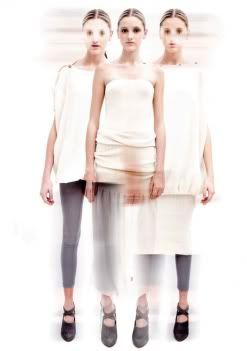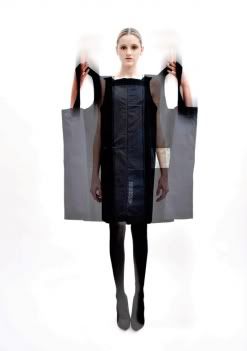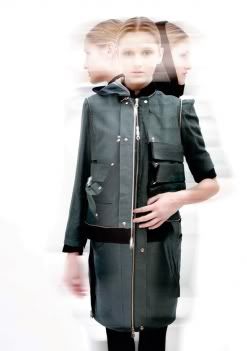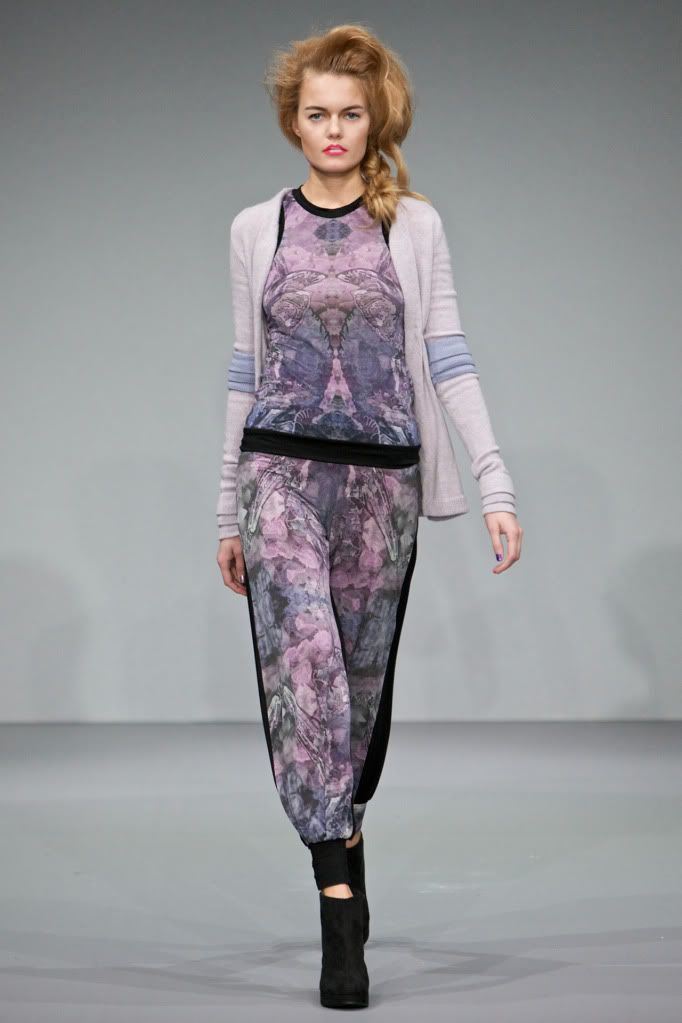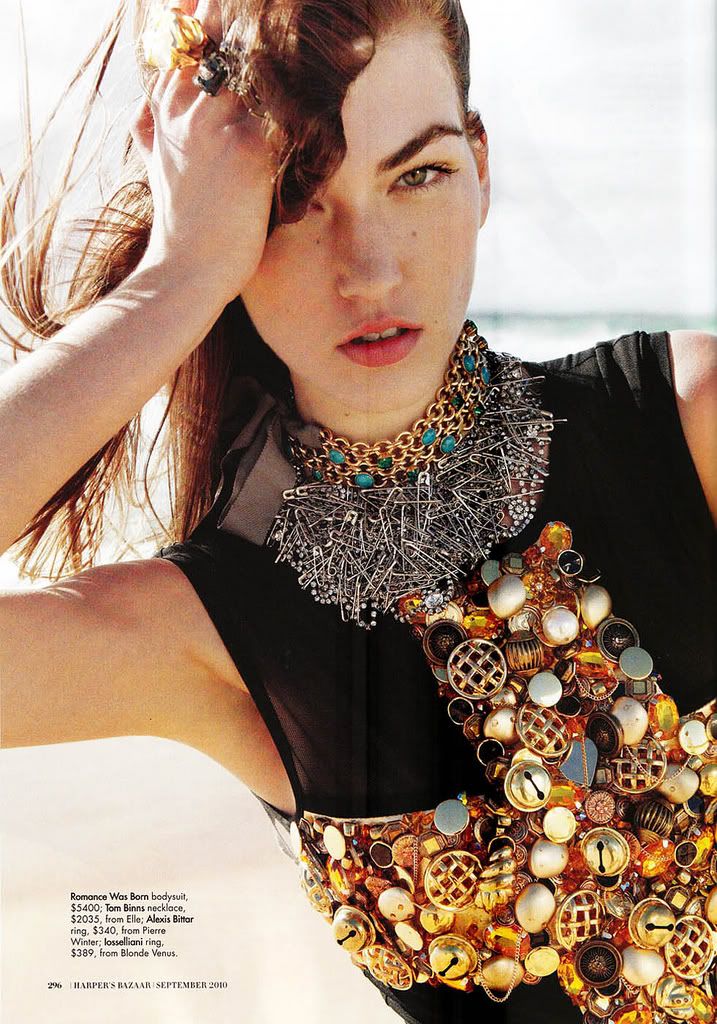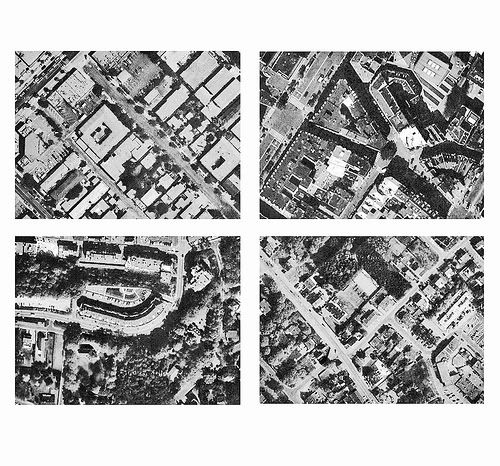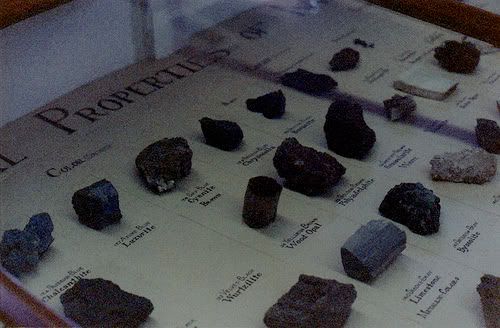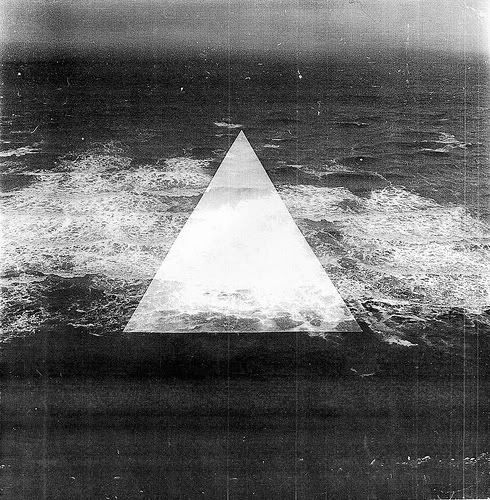Friday, August 27, 2010
design process//






Monday, August 23, 2010
The Salvation Army//
The Salvation Army provide a service to help your local community. Giving up their time to help support the homeless, the poverty stricken and the elderly, by supplying shelter, care, clothing and basic household items at reasonable and affordable prices.
To find out more about the Salvation Army: click here
abstract thoughts pertaining to time, change and forms in space//
jpg.jpg)
The transformative face of Brisbane's built environment, constantly shifting and evolving relationships between real objects and their surrounding space and three dimensionality are central to her artistic practice. Jasmin is currently exploring Modernist Architecture, Geometric Abstraction Art, Kinetic Art, Illusionistic painting, to create artwork that retains it's grounding in the 'real' and actual physical environment. She utilizes materials such as concrete, metal and timber which present her work in a utilitarian, raw and honest way.
Tuesday, August 17, 2010
The Centre for Sustainable Fashion, showcases fashion’s creative responses to the social, cultural and ecological dilemmas of our era. The Centre provides opportunities to shift the way we think and behave on a daily basis, whilst offering space and time to marvel at the wonder of human ingenuity and innovation. The graduate work explores a range of opportunities and design challenges where ingenuity and resourcefulness are inspired through living within nature’s limits, putting human wellbeing at the heart of creativity and questioning the current status quo. xxxx
Ada Zanditon uses a range of organic and natural fabrics as well as innovative waste reducing and energy conscious solutions to create sculptural, elegant, desirable fashion.
Zanditon sources the fabrics from ethical and reliable manufacturers. All the fabrics sourced are dyed with AZO-free dyes, which mean they won’t turn into cancer causing chemicals. Personal relationships are built with the small units that manufacture the clothing. Ada Zanditon recognises that it is a company that is part of an expanding market place of likeminded business.
Within the studio, eco friendly light bulbs, eco friendly cleaning products and recycled stationary are used. Cloth is cut and waste handled, optimising efficiency and use of all materials and fabrics in an effort to waste little and recycle as much as possible.
Whilst Zanditon is focused on being as ethical as possible it is also recognized that there is a need to do ongoing research and seek to improve standards in all areas. Where non natural materials- for example thread, is used, it is because there is not an adequately efficient ethical alternative
Ada Zanditon pioneers in creating and evolving a high end womenswear business with a common sense approach to sustainability, a commitment to transparency and a belief in business that treats people, planet and profit with equal importance.
via http://www.adaz.co.ukSunday, August 15, 2010



i love collecting images that inspire me, something within them, usually an element of design, colour or concept seems to trigger a whole body of new ideas and design possibilities. These are magazine clippings i collected recently in preparation for my latest design brief. They follow concepts of architecture & structure vs soft & draped. i have also included element of muted and saturated colour. overall a contrasting collection of images, which always seem to contribute overwhelmingly towards my personal design aesthetic.
- Natural resource intensive: water & energy use.
- Pollutants: pesticide, fertilizer and other chemical use that can harm both humans and the surrounding environment.
- Social impact: poor working conditions, contact with hazardous chemicals, poverty level wages.




























.jpg)
.jpg)
.jpg)
.jpg)
